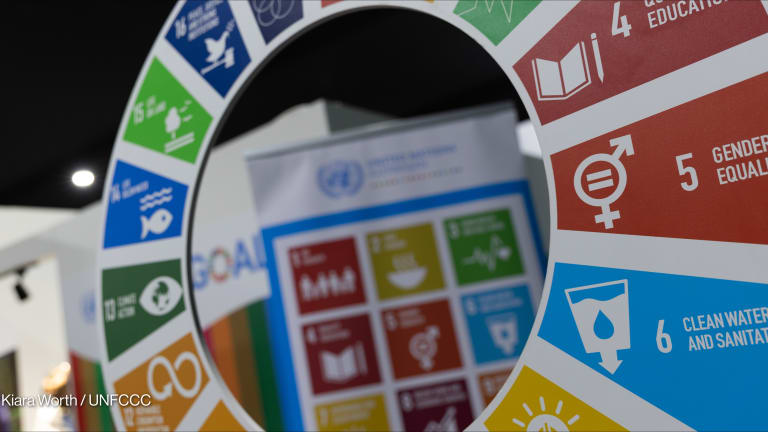
The economic spotlight may now be focused on Asia, but the world’s most populous region, and particularly Central Asia, remains in the back seat of development as weak governance reforms weighs down development efforts.
For growth and development to be sustainable and inclusive, countries should implement and observe good governance policies and practices, according to a recent report by the Asian Development Bank which noted the glaring “governance gap” in the region.
Some of the biggest issues hounding Asia are corruption and poor public service delivery, underlining that economic growth does not directly lead to inclusive development, said ADB principal economist Shikha Jha, who added governance is a crucial step in the process of achieving these development goals.
“Good governance should be pursued in all its dimensions because it is a basic development goal in its own right,” Jha told Devex. “By and large, [it] matters for growth and development.”
But with the report highlighting Central Asia as the laggard in governance indicators, how can governments and aid groups close this gap to fast-track their development progress?
Improving governance
Central Asia “weakest among all the sub-regions in control of corruption, rule of law and voice, and accountability” with the public’s perception of the institutions ideally expected to promote these indicators as corrupt and ineffective, said Jha.
This region, home to eight former Soviet republics, is predominantly considered in the low- to middle-income category, according to data from the World Bank — a categorization that plays a part in the whole spectrum of governance and development.
“The relationship [between growth and development] is complex: It varies with different levels of governance,” noted the ADB expert, “The relationship appears to be weaker where incomes are low and stronger after a country reaches a certain income level.”
Low-income countries, she explained, should focus on improving program effectiveness, eradicating corruption and implementing regulatory checks while middle-income nations should push to maintain the growth-friendly environment while keeping policies flexible.
But despite all this, what can we do to improve governance in Central Asia? Jha mentioned three “doable” steps:
Increase transparency through technology to support accountability and harness trust from the local public.
Strengthening the rule of law and reducing corruption to promote greater access to opportunities, reduced income inequality and sustainable growth.
Elevating community participation in public service delivery by partnering with local governments and private sector service providers.
“In all countries, whatever their income status, governance reform should target actionable areas that are not relatively easy to implement quickly but also offer low-hanging fruit in the form of more clearly visible impacts on development — the delivery of public services,” said Jha.
Quality over quantity
The issue of quality over quantity of aid has also been a resounding topic surrounding the governance discussion: Is it a matter of making aid more efficient rather than pouring more aid?
In the past couple of years, aid giving has gone up but in some cases, development programs have been slow in achieving targets.
The ADB expert agreed and noted: “The quantity of aid may not be as important as how aid, regardless of size, is used. Weak governance has a lot to do with aid ineffectiveness.”
In this case, a good monitoring and evaluation program for every development effort — coupled with good coordination — should be in place to make sure the funds are utilized properly and the the programs are implemented effectively.
“Aid harmonization can be made more efficient by continued cooperation and partnership among donor countries and international financial institutions in ensuring that aid inflows in recipient countries are utilized properly,” Jha noted. “The alignment and harmonization strengthen monitoring and reporting of sector outcomes and outputs, and integrate results monitoring in the regular country portfolio reviews.”
Read more development aid news online, and subscribe to The Development Newswire to receive top international development headlines from the world’s leading donors, news sources and opinion leaders — emailed to you FREE every business day.








